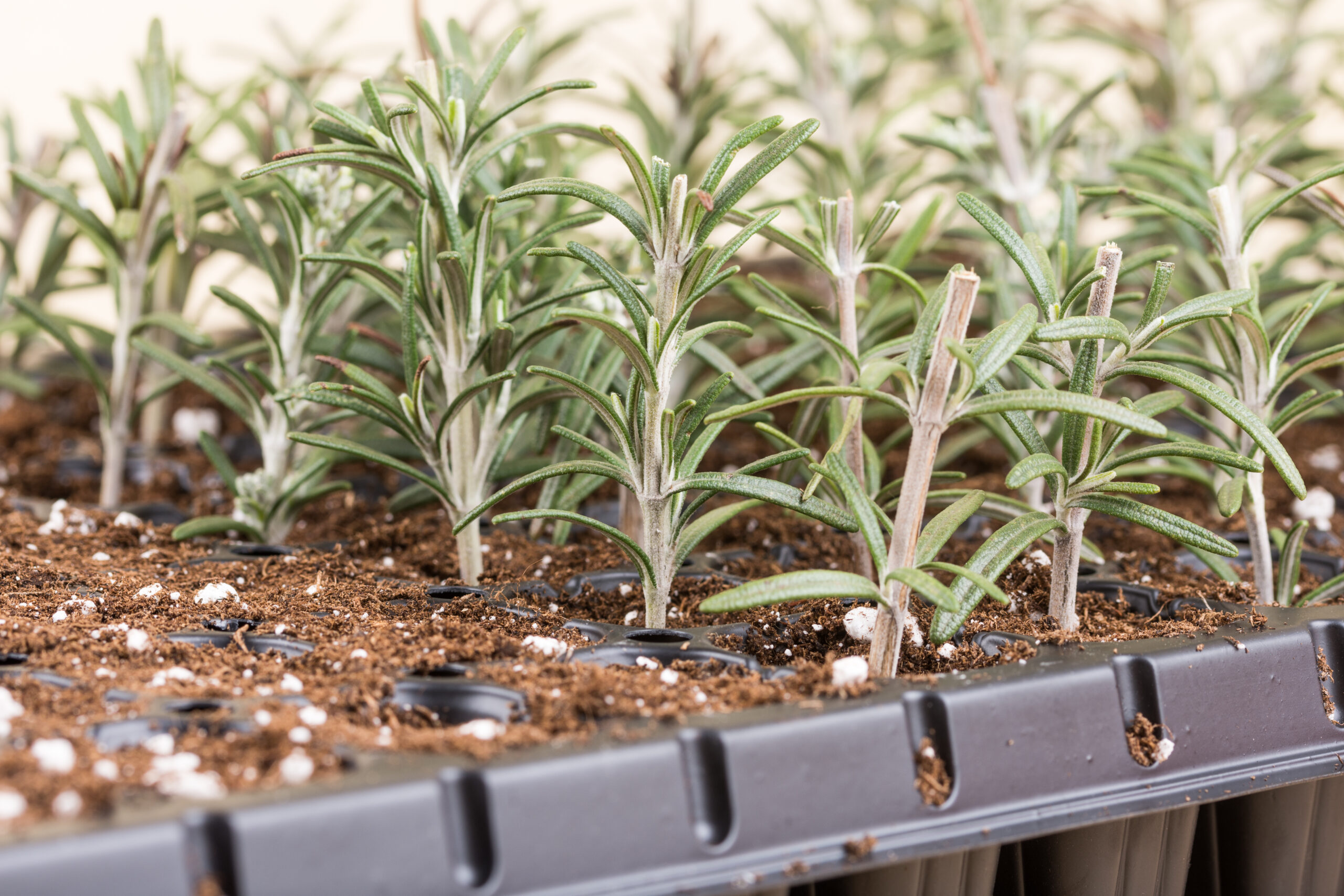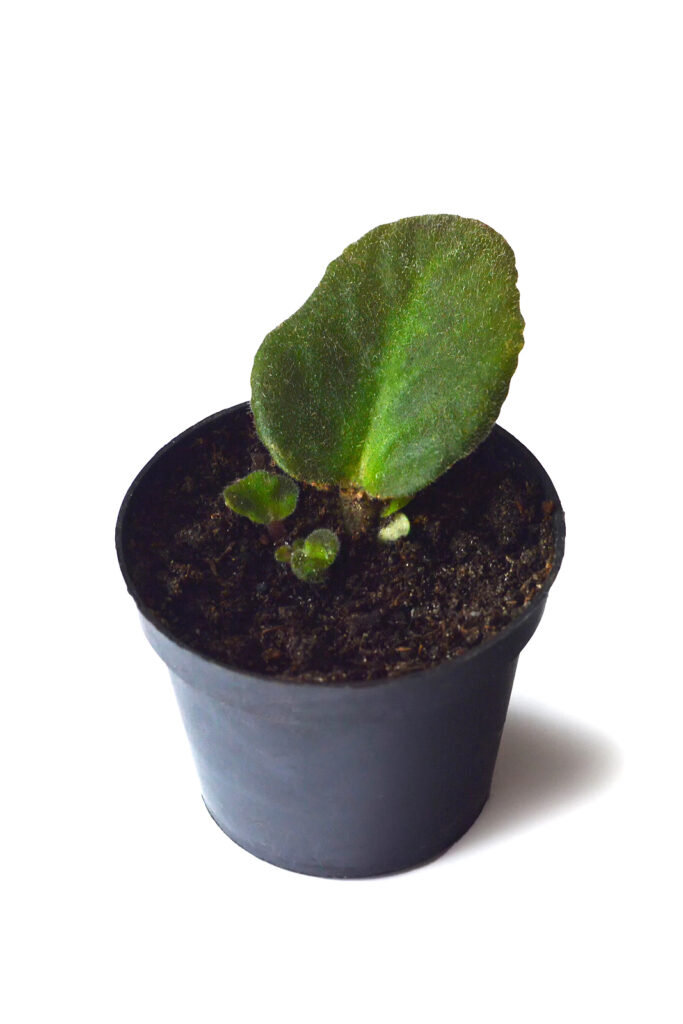Cuttings is a method of propagation by which plants that are identical with the parent are reproduced. Cuttings are parts of plants cut or sometimes broken from a parent plant and inserted in water, sand, soil, peat moss, or some other medium to root and become new plants.
Cuttings are a way to increase plants created by hybridization and also to increase “sports” which are mutations that have been discovered are can not be reproduced in any other way. (Seeds from plants produced by cuttings are apt to revert to a previous type; cuttings grow true to the parent.) Cuttings are a convenient, reliable, and inexpensive way to increase the number of a particular plant.)
Other ways to propagate plants are by seed, division, layering, and grafting or budding.
Types of cuttings
Cuttings can be classified by plant parts used—leaves, stems, roots, tubers, or rhizomes, or by the stage of development of the parts—dormant, ripe (that is hardwood cuttings), or green (that is immature or softwood cuttings).

Hardwood cuttings
Hardwood cuttings are plant stems usually taken in late autumn after the leaves have fallen. A cutting usually 6 to 10 inches (15-25cm) long is buried in sand, peat moss, or sphagnum moss and kept moist and cool. Roots grow from the cut end of the cutting. Plants grown from such ripe or hardwood cuttings are usually ready for transplanting to a permanent home after one season. Grapes, gooseberries, currants, and soft-wooded trees such as willows and poplar are often grown from hardwood cuttings.

Softwood cuttings
Softwood cuttings are green wood that can be taken from a mother plant with a snap when bent (if the wood bends without breaking, it is too old for a softwood cutting). Softwood cuttings are usually 2 to 4 inches (5-10cm) long. The base should be cut straight across just below a node or joint. The top should be cut at a slanting angle if multiple cuttings are taken from one stem.
Each softwood cutting should have two or three nodes. Lower leaves are usually cut off to reduce transpiration. If larger leaves remain, a third to a half of the leaf can be cut away; this prevents too much water evaporation from the leaf surface.
Sand or fine gravel is often used to root softwood cuttings. The medium should be moist. Each cutting should be gently pressed into the medium and firmed in place. The cuttings should be kept cool and shaded until planted. Once planted, the cuttings should be shaded to reduce transpiration until roots form.
When roots are ¼ to ½ inch long softwood cuttings can be transferred to 2-inch (5cm) pots. When roots fill the pots, the young plants should be shifted to the next size larger and so on until they are set outdoors.

Leaf cuttings
Cuttings can be made from leaves that are succulent and fleshy. A mature leaf can be cut from a plant and slashed at each point where two large veins unite. It can then be planted and treated like a softwood cutting (see above). Each leaf will develop tiny new plants. Begonias and African violets are often propagated by leaf cuttings.
Root cuttings
Root cuttings may be used to propagate plants that naturally produce suckers from their roots—such as red raspberries and blackberries. These are in a sense small divisions. Bits of root the size of a lead-pencil 2 to 4 inches long are stored over the winter to form calluses, then planted in spring in a horizontal position about 2 inches deep, preferably in sandy soil. Rhizomes which are underground stems can be propagated this way.
Also of interest:















